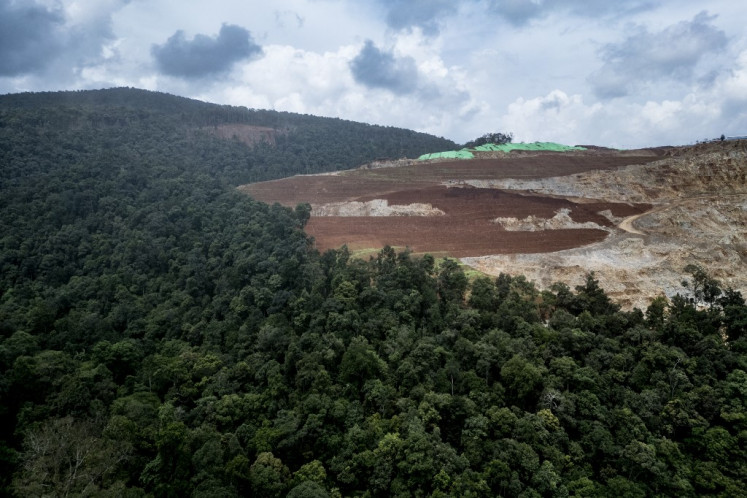Popular Reads
Top Results
Can't find what you're looking for?
View all search resultsPopular Reads
Top Results
Can't find what you're looking for?
View all search resultsIndonesia's middle class: An economic pillar under strain
Recent years have seen a rise in prices, particularly for food and energy, which has eroded middle-class expenditures and may ultimately limit their ability to save or invest.
Change text size
Gift Premium Articles
to Anyone
T
he Indonesian middle class has recently become a hot topic. Not due to its rapid growth as previously predicted, but rather because its numbers are shrinking.
According to the World Bank's classification of expenditure classes detailed in its "Aspiring Indonesia: Expanding the Middle Class" report, Statistics Indonesia (BPS) reported that the proportion of the middle class in 2024 is only 17.13 percent of Indonesia's total population of about 280 million. This translates to approximately 47.85 million people, a decrease of 0.42 million from 2023, when the number was 48.27 million, or 17.44 percent.
The decline is even more pronounced compared with 2019, when the proportion was 21.45 percent. This drop is not merely a statistical figure but a serious alarm for the national economy, which relies heavily on the purchasing power and contributions of the middle class.
The World Bank categorizes the population into five welfare classes: poor, vulnerable, aspiring middle class, middle class and upper class. The middle class is defined as those whose daily expenditures range between 3.5 and 17 times the poverty line.
This group has less than a 10 percent chance of falling into poverty or vulnerability, with per capita consumption in 2024 ranging from Rp 2.04 million (US$ 133.82) to Rp 9.91 million per month ($7.75 to $38 per day based on the purchasing power parity of the rupiah).
The middle class has long played a crucial role as an economic buffer for the nation. They are a major contributor to aggregate household consumption, which supports Indonesia's economy.
In 2019, middle-class consumption accounted for approximately 43.39 percent of total household consumption. However, from 2020 to 2024, the proportion of middle-class consumption relative to total expenditure has been steadily declining. Although the decrease has not been drastic—falling from 43.39 percent in 2019 to 38.28 percent in 2024—this ongoing trend could significantly impact the economy if it continues.



















